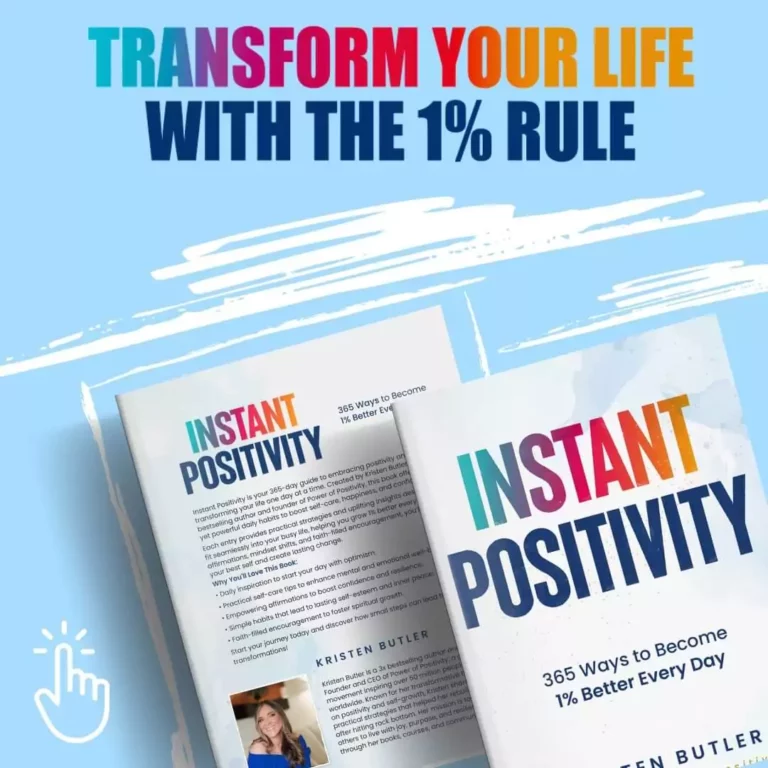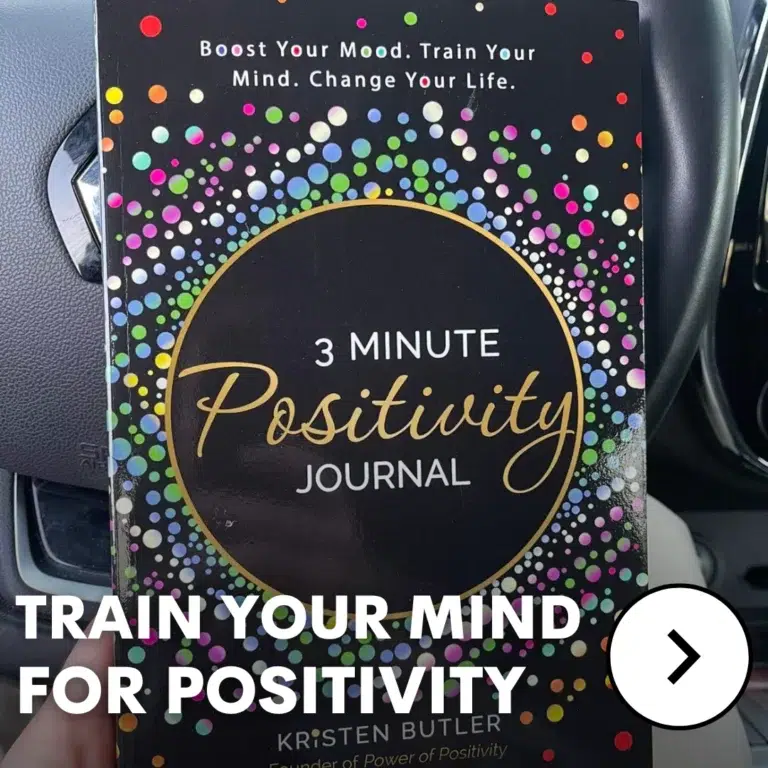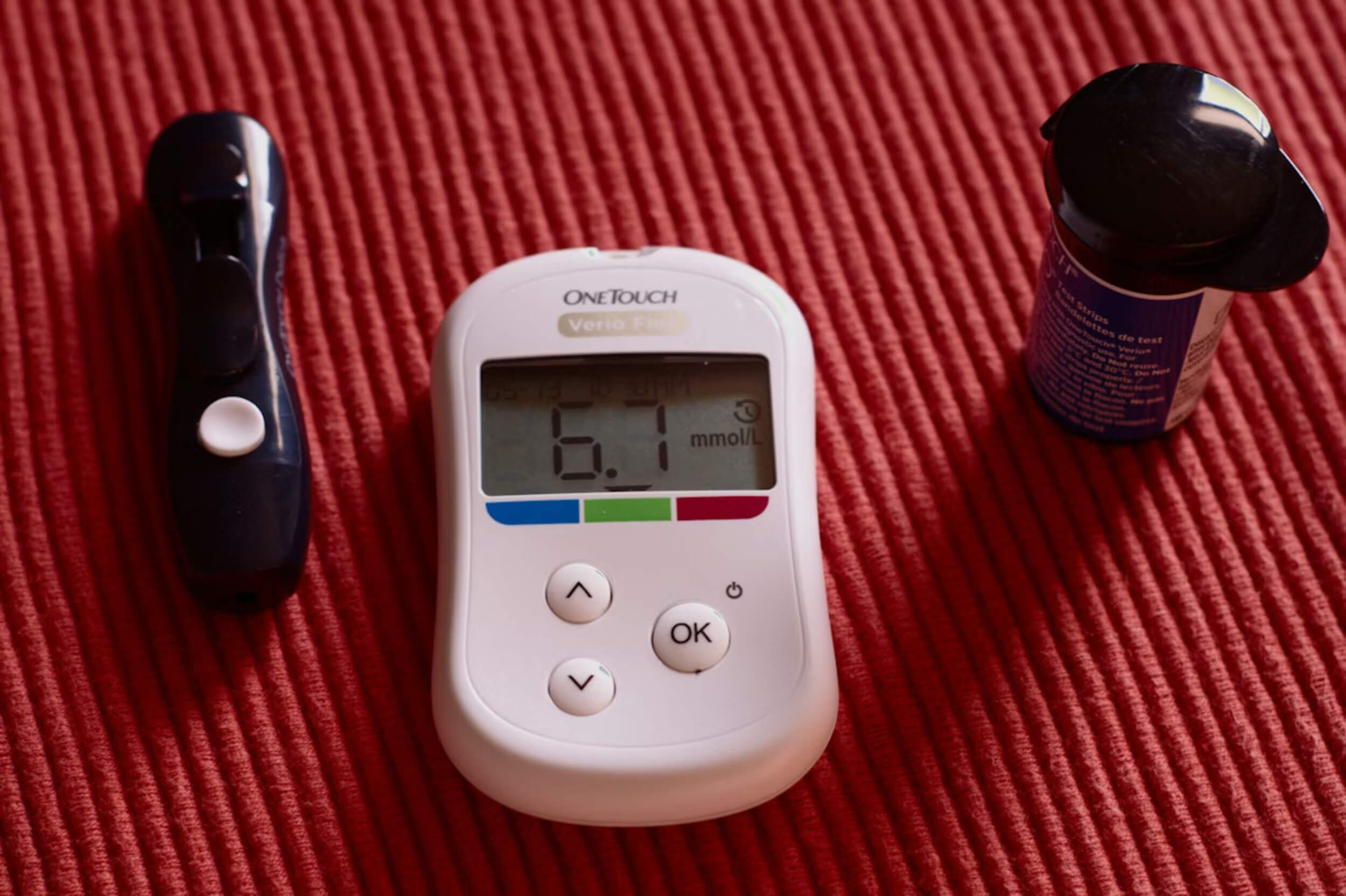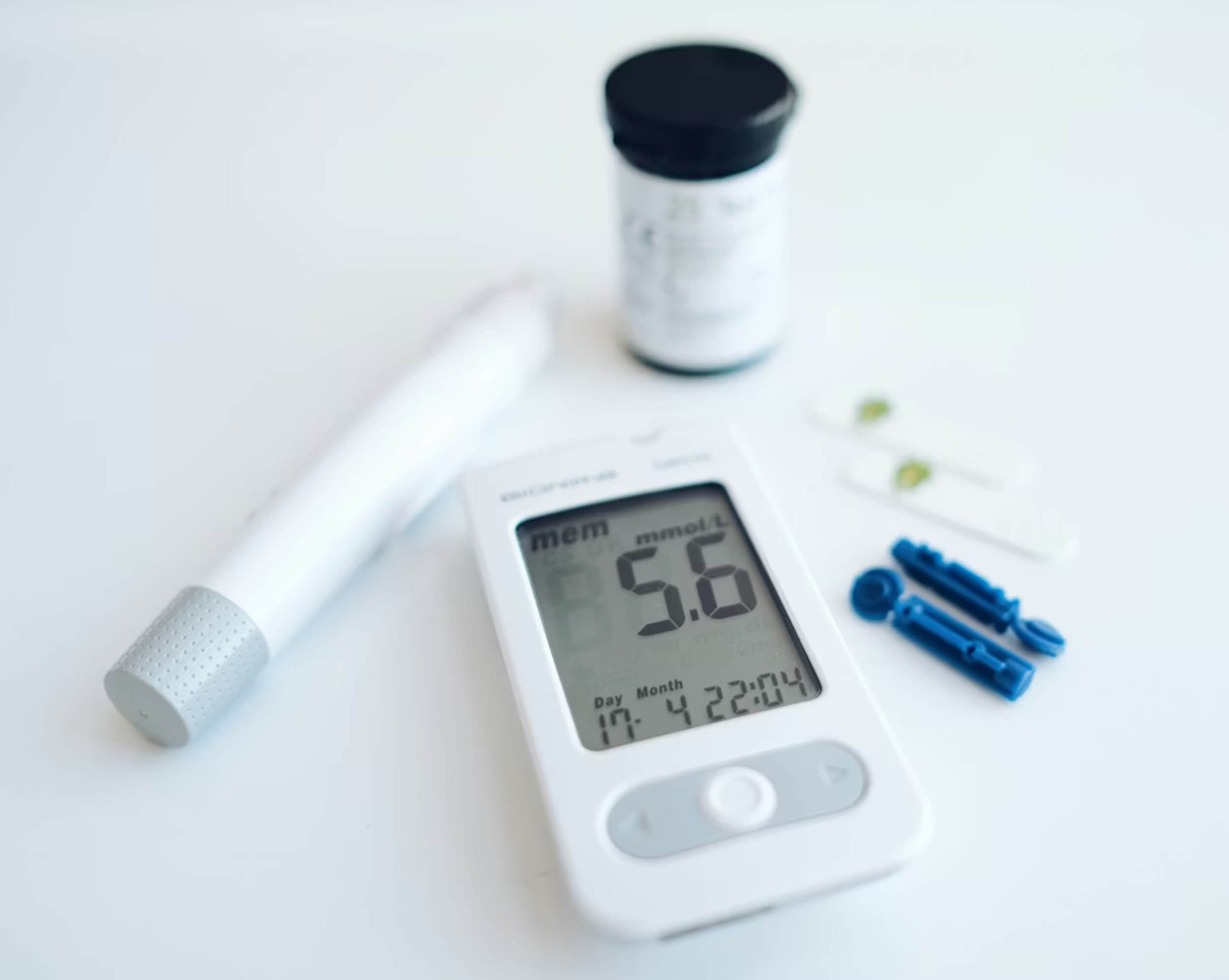You’ve probably had moments where you felt way too emotional—or times you couldn’t feel much at all. One minute, something small sets you off. The next, you’re numb and just going through the motions. It can be confusing to know what your emotional responses are really trying to tell you.
Trusting your emotions doesn’t mean letting them take over. It also doesn’t mean pushing them away. It’s about learning how to listen without jumping to act. Some feelings are signals. Others are habits. Knowing the difference is what gives you balance.
When you build that trust, things start to change. You feel more grounded. You don’t second-guess yourself as much. And you stop getting stuck in old patterns. In this article, you’ll learn what it looks like to trust your emotional responses in a real, helpful way—without feeling too much or too little.
Why You Might Struggle to Trust Your Emotional Responses
Trusting your emotional responses isn’t always easy—especially when past experiences have shaped you to do the opposite. If tuning into your feelings feels confusing, you’re not alone. Here are a few reasons why that might be happening.
You Were Taught to Mistrust Them Early On
Growing up, you might’ve been told things like “stop crying” or “don’t be so dramatic.” Comments like these send the message that emotions are bad or wrong. Over time, this makes you question what you feel, and even wonder if it’s okay to feel anything at all. That early message often sticks longer than we realize and can lead to lifelong emotional habits of self-doubt.
Emotions Felt Too Big or Too Unpredictable
Some feelings—like anger, sadness, or panic—can show up suddenly and feel too strong. When this happens in childhood or in stressful homes, the brain learns to shut things down. If you didn’t learn how to manage big emotions safely, your body may have started avoiding them altogether.
Fear of Being Judged or Rejected
Sharing feelings takes courage. If you were judged, ignored, or made fun of for being open, you likely learned to keep quiet. The brain starts linking emotional honesty with rejection—and that makes it hard to trust emotional responses, even when they’re right.
You Relied Too Much on Logic to Feel Safe
Sometimes, people lean into facts and thinking to stay in control. Logic feels safer than feeling. But when emotions pop up, they can seem like a problem to solve or a threat to avoid. This creates a gap between what you feel and what you allow yourself to process, often blocking emotional awareness from even forming.
What Happens When You Over-Trust or Under-Trust Your Emotions
Not trusting your emotional responses can look very different from person to person—but both extremes can cause problems. Here’s how it plays out:
Too Much Trust Can Lead to Reactivity
Letting every feeling drive your choices can lead to quick reactions you later regret. For example:
- You yell before thinking things through
- You make fast decisions that don’t sit well later
- You treat emotions like facts—even when they’re just passing signals
In this case, emotions feel like they’re in control, and your logical thinking gets pushed aside.
Too Little Trust Can Lead to Numbness
Pushing emotions away might seem like a way to stay calm, but it can leave you feeling shut down. Common signs include:
- Struggling to care about things you used to enjoy
- Feeling stuck or flat even during important moments
- Having trouble making decisions because you don’t know how you feel
This disconnect can even show up physically—like tight muscles, headaches, or feeling constantly drained.
Signs You’re Not Fully Listening to Your Emotions
Not everyone knows when they’ve stopped tuning in. But some small signs can point to a bigger pattern. Check if any of these feel familiar:
- You brush off your feelings with “it’s fine” even when it’s not
- You often feel “off” but can’t explain why
- You look to others to tell you what’s okay to feel
- You regret staying quiet—or saying too much—after emotional moments
When these patterns show up, it usually means your emotional responses are being ignored or rushed. The good news? Spotting these signs is a strong first step toward building better emotional awareness.
Emotional Intelligence Starts with Awareness
You don’t need to be an expert to better understand your emotional responses. It starts with simple awareness—paying attention to what you feel and when it shows up.
Emotions Are Data, Not Directives
Think of emotions as information. Just because you feel something doesn’t mean you have to act on it. For example:
- Anger might be telling you a boundary has been crossed
- Anxiety might mean something important needs attention
- Sadness could be showing you what matters to your heart
You don’t have to fix the feeling. You just have to hear it.
Labeling Helps You Name What’s Real
Putting words to your feelings helps calm the chaos. Try this:
- Say, “I feel frustrated” instead of just slamming a door
- Write down what’s bothering you in one clear sentence
- Use simple labels like sad, nervous, excited, or confused
Naming your emotions can help you understand them better and take action that feels right.
Your Body Often Knows First
Many emotional responses show up physically before your mind catches up. Here’s what to look out for:
- Tight shoulders or jaw when stressed
- Racing heart when anxious
- Stomach turning before a hard conversation
Your body holds real clues about what you’re feeling. The more you notice, the more connected you become to your emotional awareness.
How to Build a Healthier Relationship with Your Emotions
Trusting your emotional responses doesn’t mean doing everything your feelings tell you. It means building a relationship with them—one that’s steady, kind, and real. Here’s how to begin.
Notice Without Fixing
Some feelings don’t need a solution. They just need space. When sadness, anger, or worry shows up, notice it without rushing to shut it down.
- You don’t need to scroll, snack, or stay busy right away
- Take a moment to feel what’s there
- Let the feeling rise and fall naturally
Sometimes the message is simple: “I’m here. Please notice me.”
Ask Yourself, “What Might This Be Telling Me?”
Instead of reacting fast, try asking:
- “Why is this bothering me?”
- “What’s being protected here?”
- “What part of me feels hurt or unsafe?”
This creates a pause that helps you respond with awareness, not just habit.
Avoid Self-Shaming Phrases
It’s easy to slip into thoughts like:
- “I’m overreacting.”
- “This is dumb.”
- “I shouldn’t feel this way.”
But those thoughts shut the door on emotional trust. Try saying, “This feeling makes sense,” or “Let me understand it,” instead. Curiosity helps, criticism hurts.
Practice Tiny Acts of Emotional Trust
Start with small choices.
- Feel anxious? Pause and breathe deeply for 10 seconds
- Feel irritated? Go for a short walk instead of snapping
- Feel down? Say it out loud to someone safe
Each small step teaches your body and mind that your emotional signals can be trusted, not feared.
Learning When to Pause—and When to Act
Just because you trust a feeling doesn’t mean you act on it right away. A trusted emotion is like a friend who gives advice—it helps, but you still get to choose.
Try this in real life:
- Before replying to a message that upset you, wait five minutes
- If you feel jealous, ask yourself what’s missing before confronting someone
- When you’re feeling low, check if rest is what you really need
These small pauses turn emotional responses into thoughtful actions. That’s not ignoring emotions—it’s using them well.
What Trusting Your Emotions Actually Looks Like
Trusting your emotions doesn’t always show on the outside. It might look like someone sitting quietly, breathing through a hard moment instead of reacting. It might mean saying “I need time” instead of forcing a fast answer.
In real terms, it’s:
- Naming the feeling
- Checking what it needs
- Deciding if and how you want to respond
Sometimes, that response is action. Other times, it’s rest, a deep breath, or simply sitting with the feeling. Emotional trust is often quiet—but it’s powerful.
Final Thoughts on Trusting Your Emotional Responses the Right Way
You don’t have to choose between feeling too much or feeling nothing at all. Emotional responses are meant to guide you—not take over, and not be ignored. Giving your feelings a seat at the table means hearing them out, then deciding what to do next.
That’s where balance comes in. When you stop reacting too fast or pushing things down, you create space for real emotional trust. And with that trust comes strength—the kind that helps you stay steady, clear, and true to yourself no matter what life brings.















